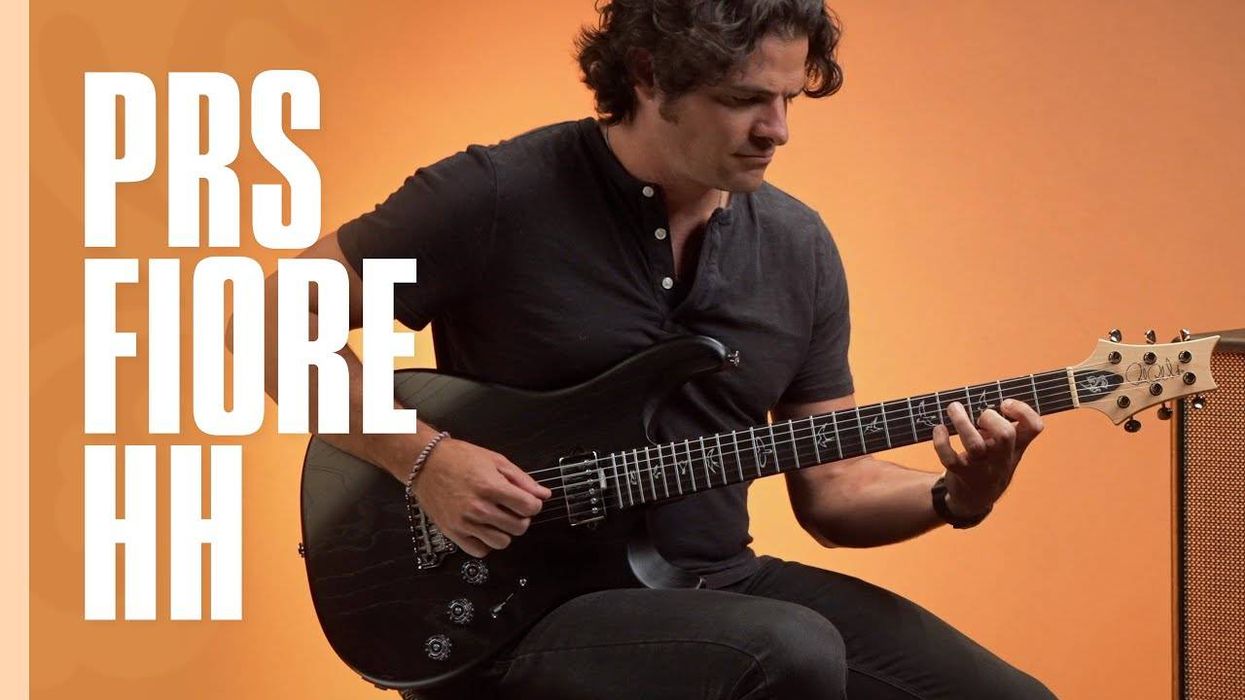1971 Martin D12-28
Gilmour bought this 12-string Martin-D-28 from a friend in 1974. In early 1975, Pink Floyd was working on an album at Abbey Road Studios in London when Gilmour hit upon the notes that would become the enduring title track, “Wish You Were Here.”
“I was strumming it in the control room at No. 3 ... and that just started coming out, that riff,” he told musicologist Paul Rappaport. “I started mildly obsessing with this riff that was slowly developing and, again, people’s ears—Roger’s [Waters] ears—pricked up.”
“Wish You Were Here” opens with the sound of a car radio, which was reportedly recorded in Gilmour’s car. He played the intro on the Martin D12-28, which was processed to sound like it was playing through an AM radio, before overdubbing a fuller-sounding acoustic guitar solo on his Martin D-35. The recordings were then mixed to sound as though a guitarist was listening to the radio and strumming along.
“You can’t listen to David Gilmour’s music and understand him as a guitarist unless you look at his beginnings, his roots,” Keane notes. “As a young teenager, he was a folkie. He played folk music. He taught himself guitar from a Pete Seeger method book that came with a record. Here’s this kid in Cambridge with parents who are professors. He wants to learn guitar. He teaches himself, and he’s listening to folk music. So throughout his whole career, acoustic music winds its way through. He never turns his back on it. I think it’s this tradition—this acoustic sensibility that’s always given him this quest for tonality and many of the songs he writes. There’s often an acoustic backup as loud and as ostentatious as the electric guitar is.”
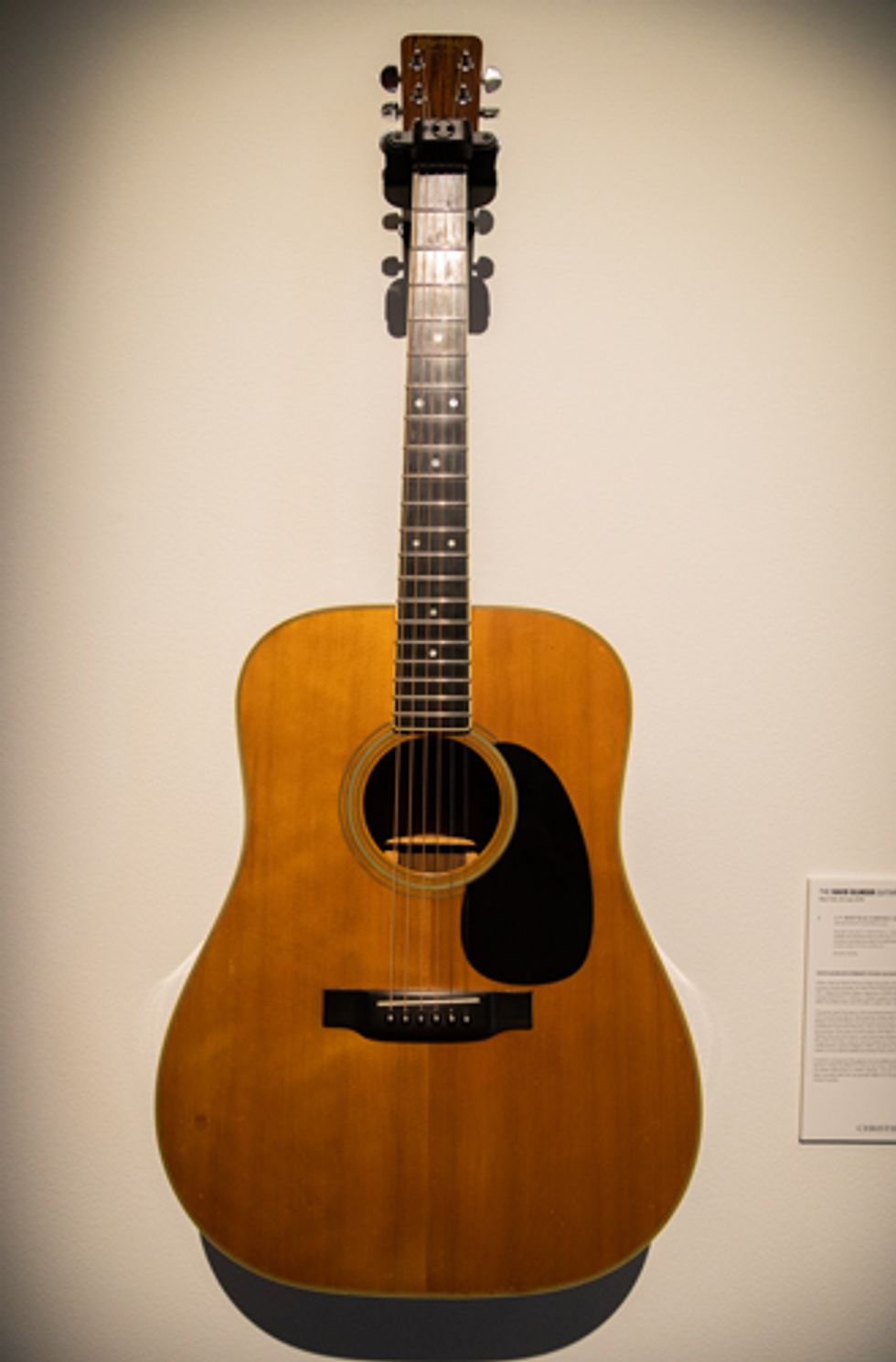
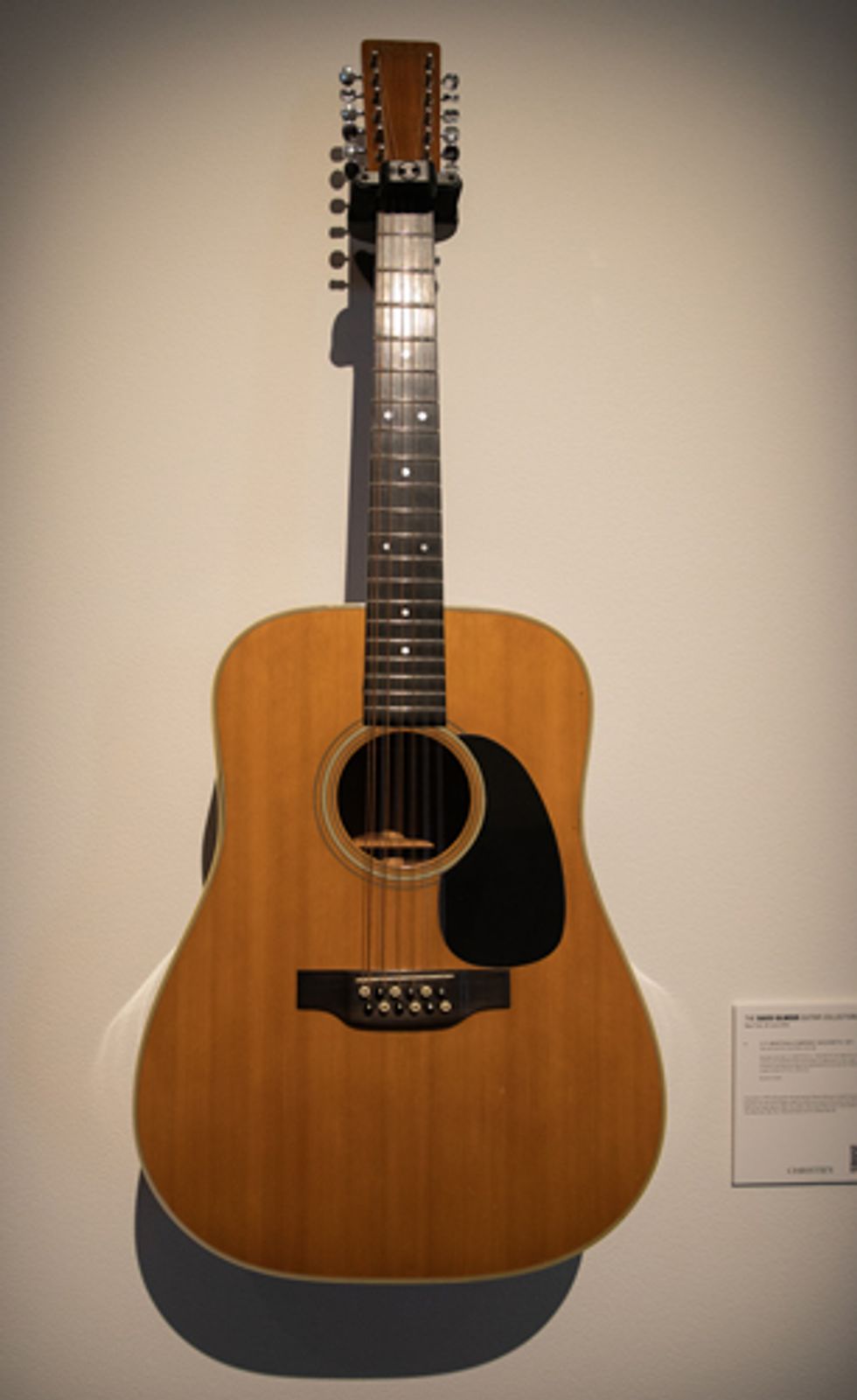
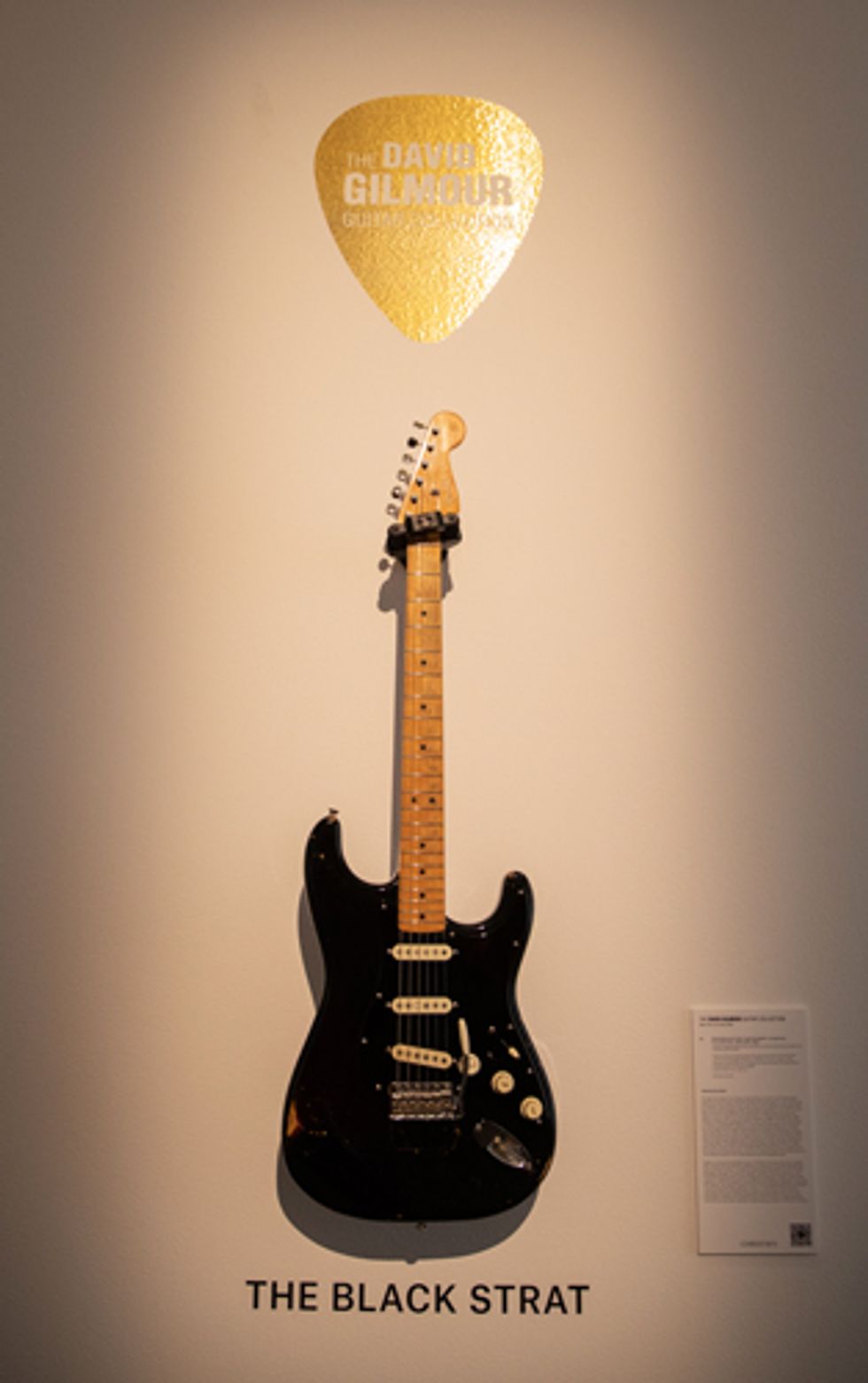
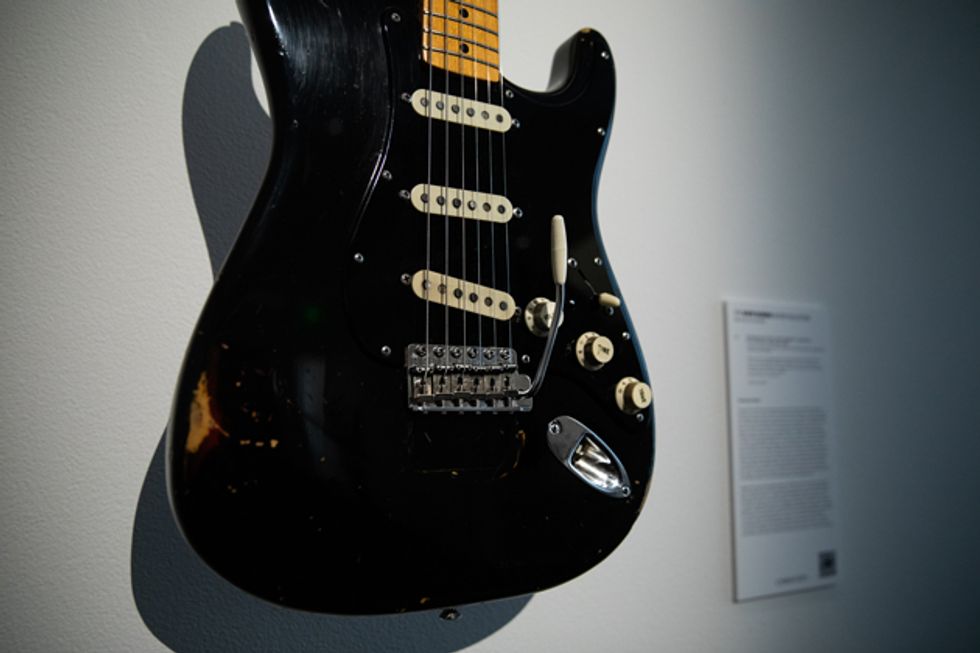
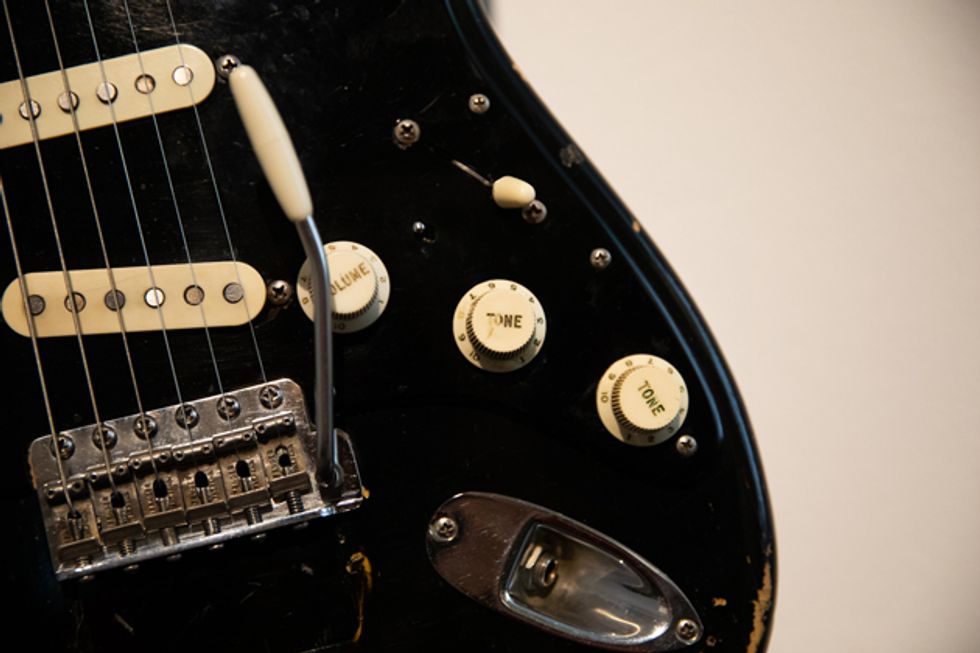
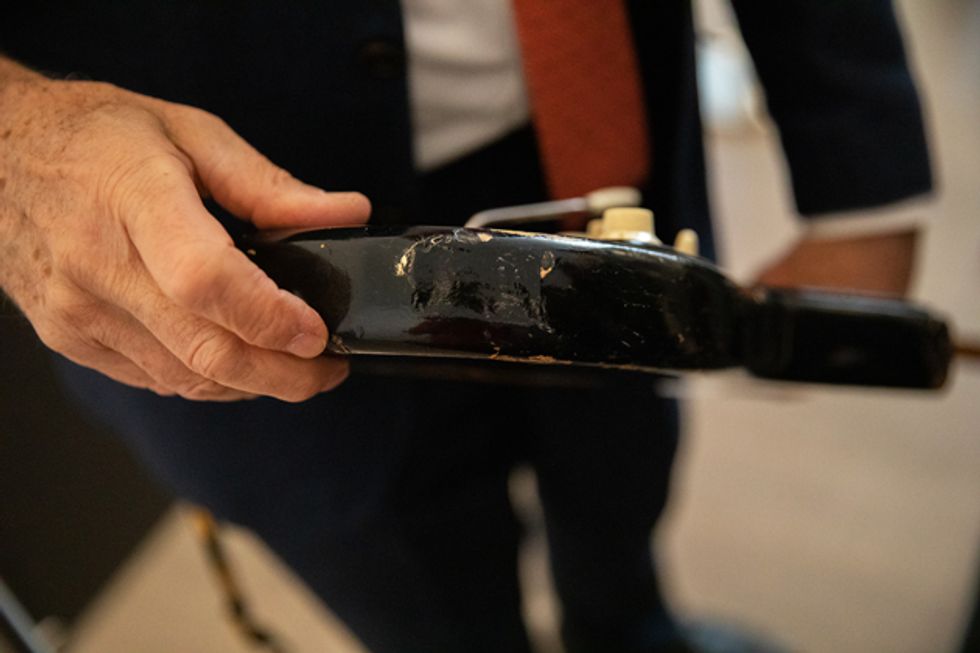
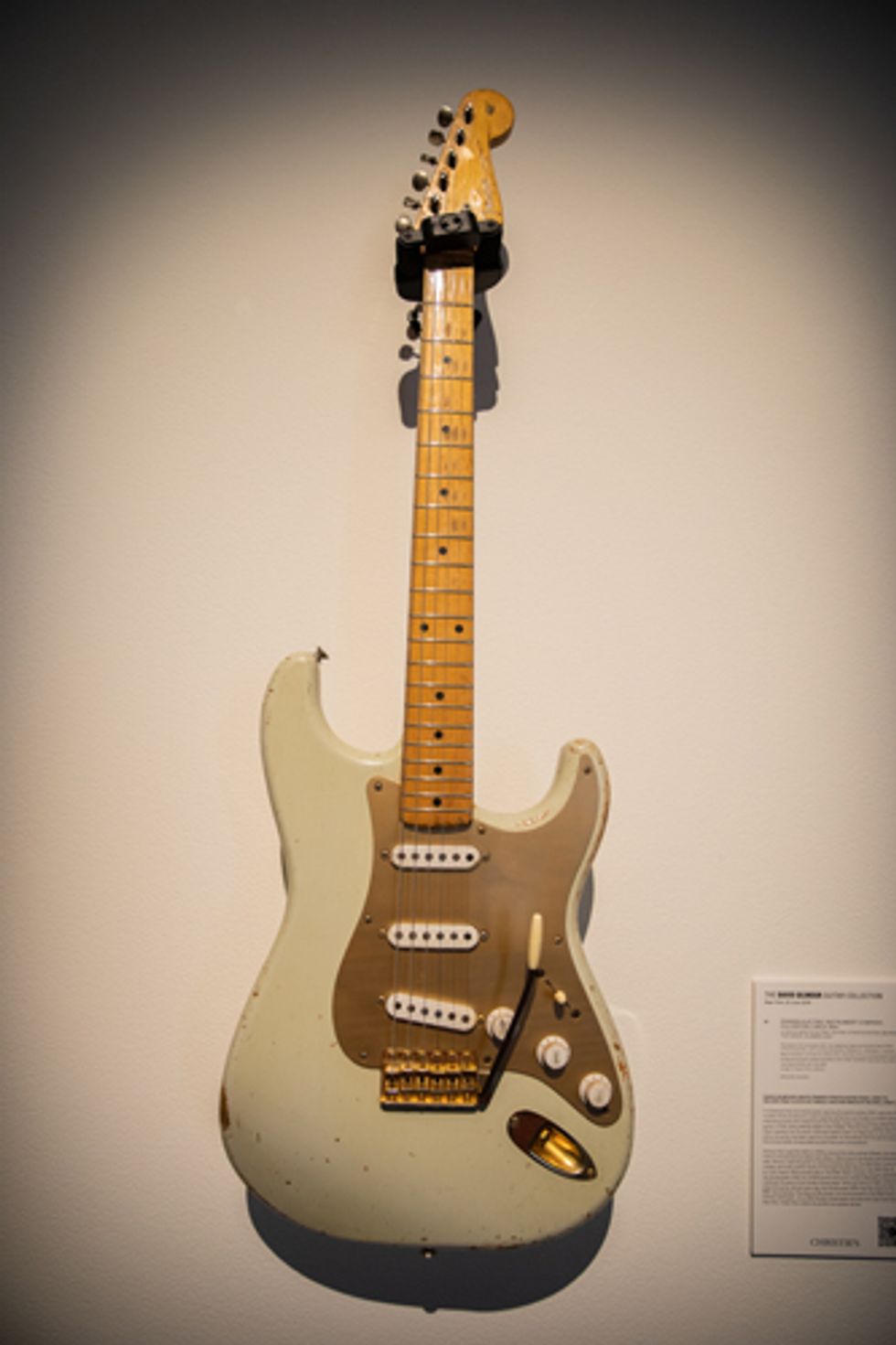
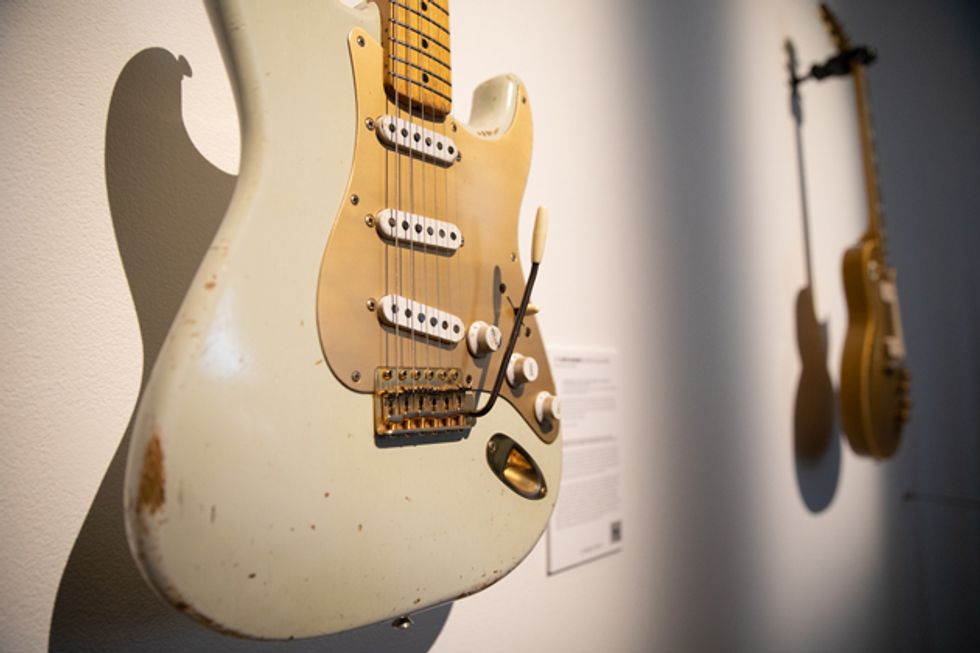
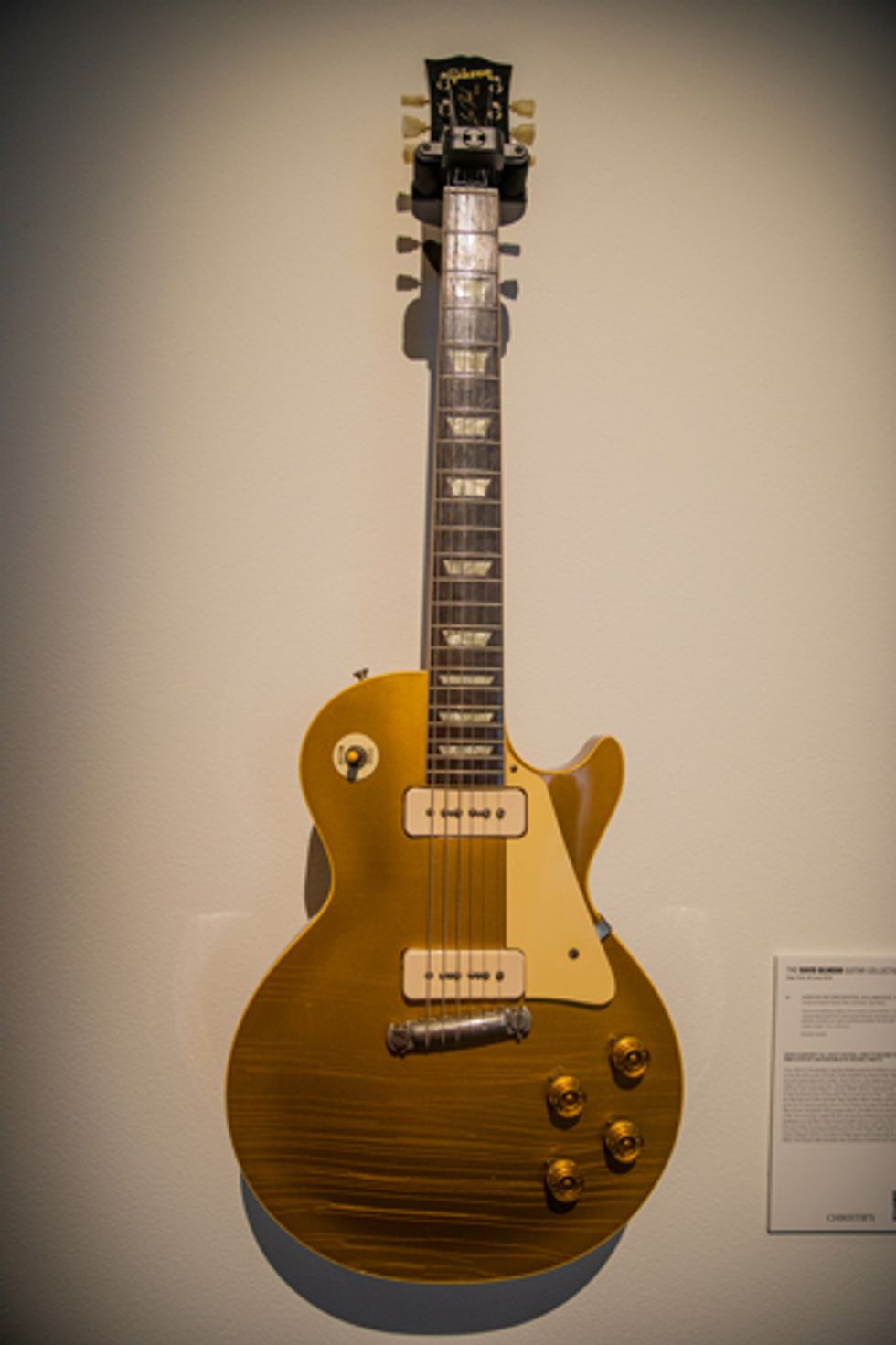
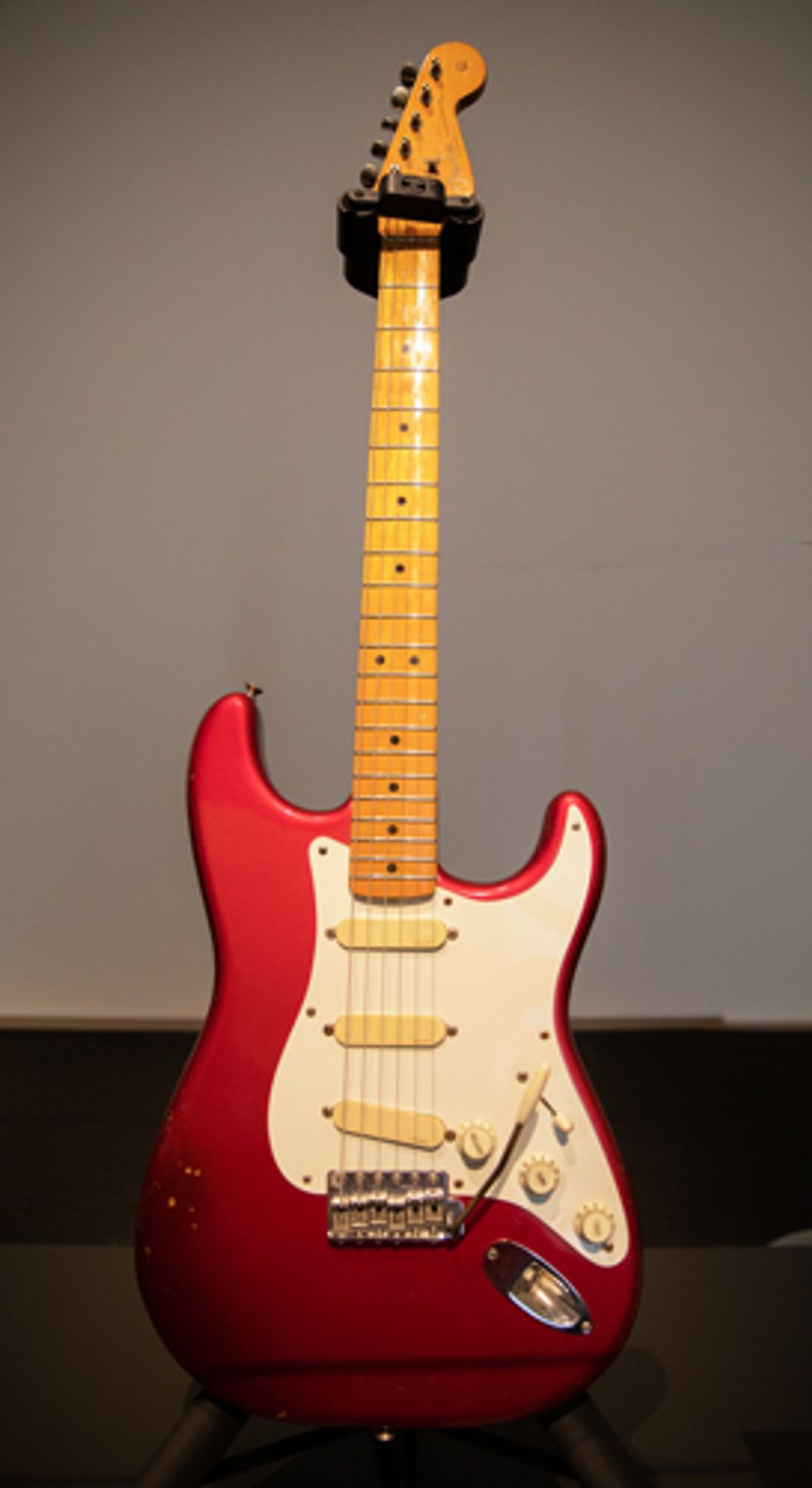
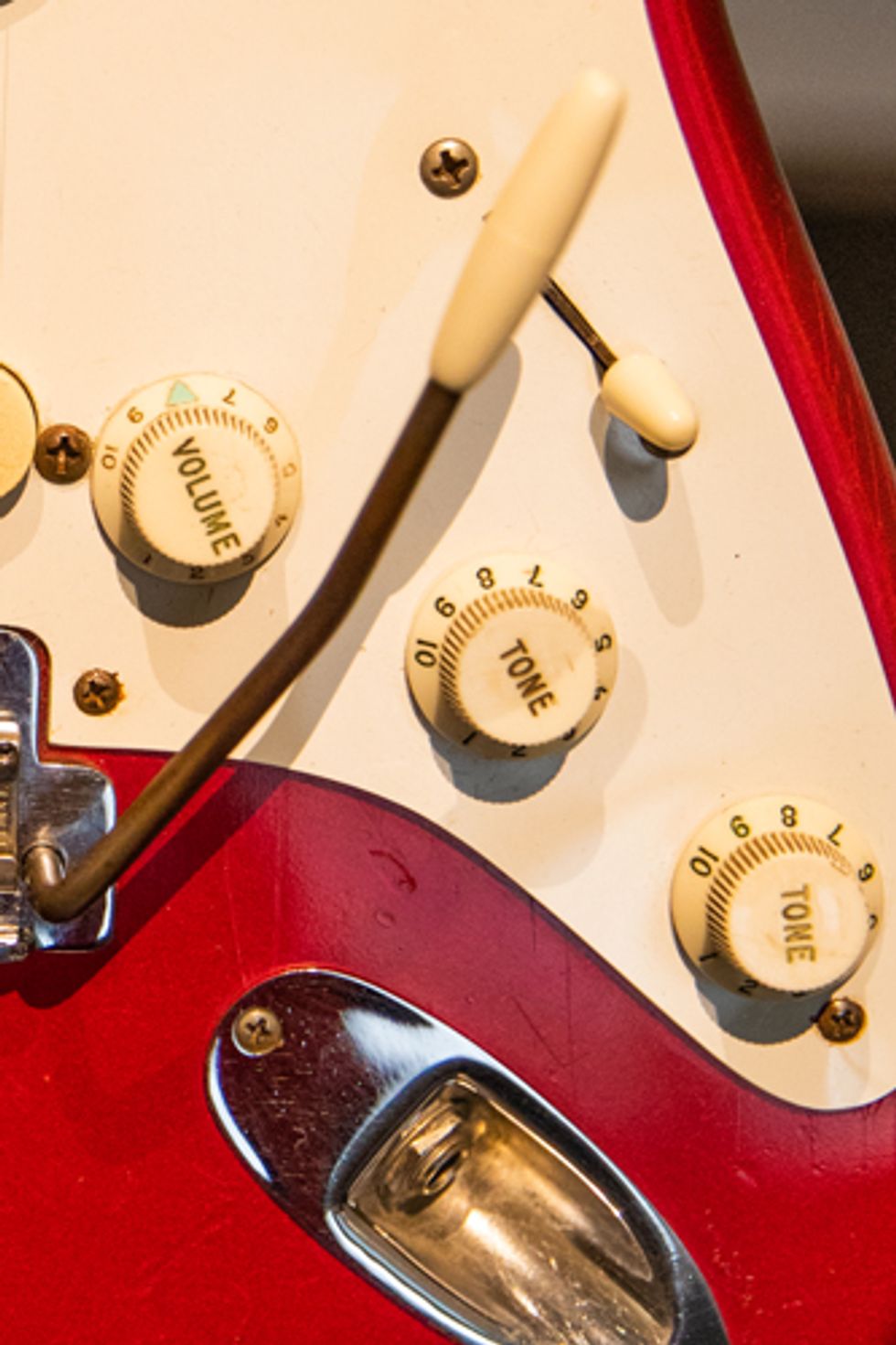
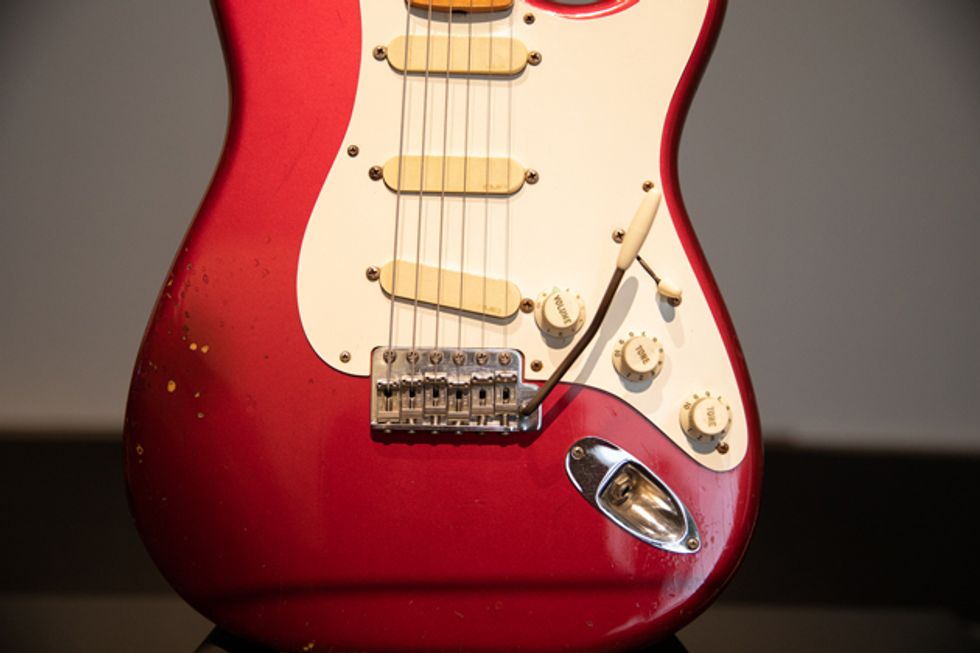
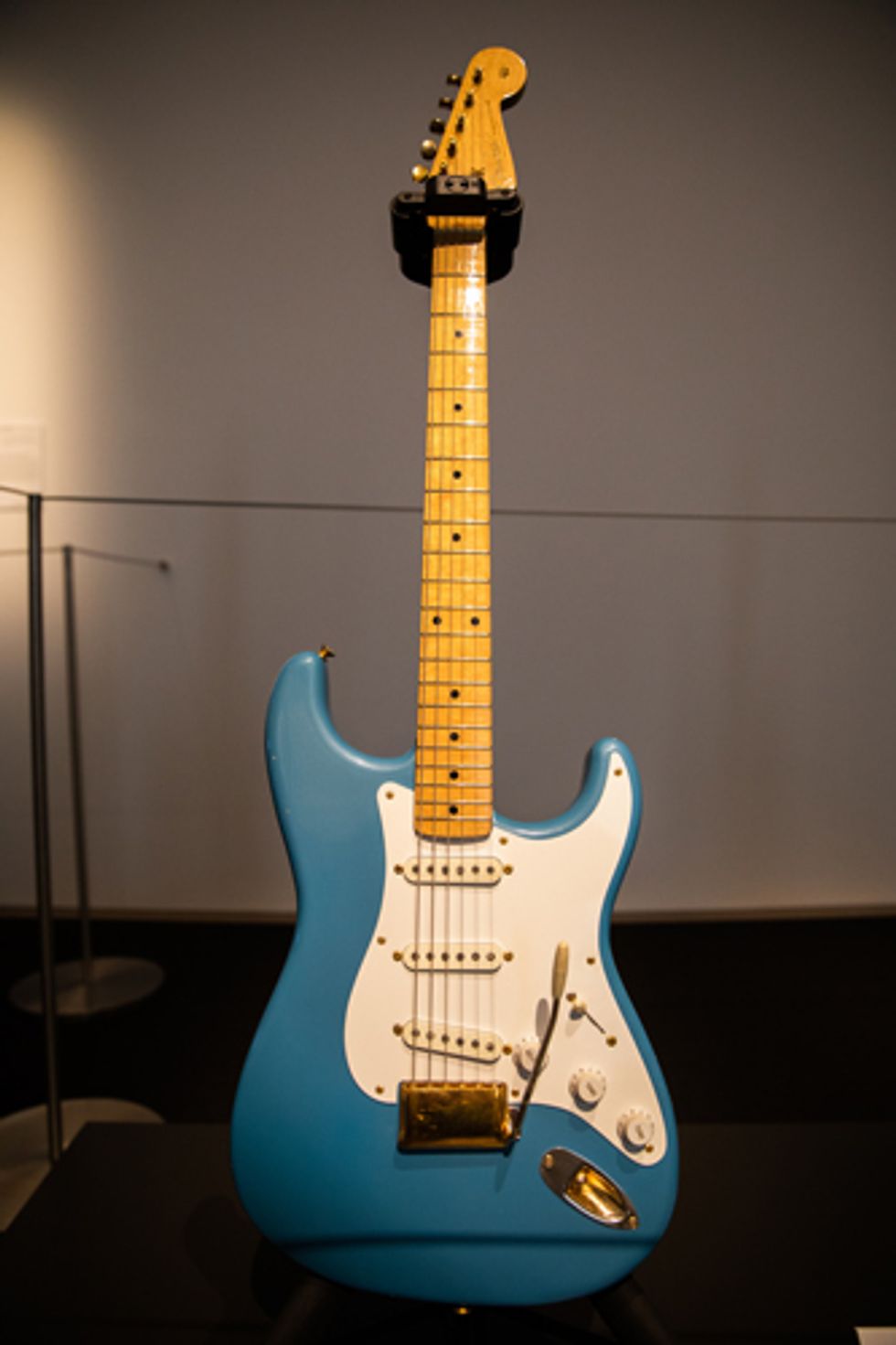
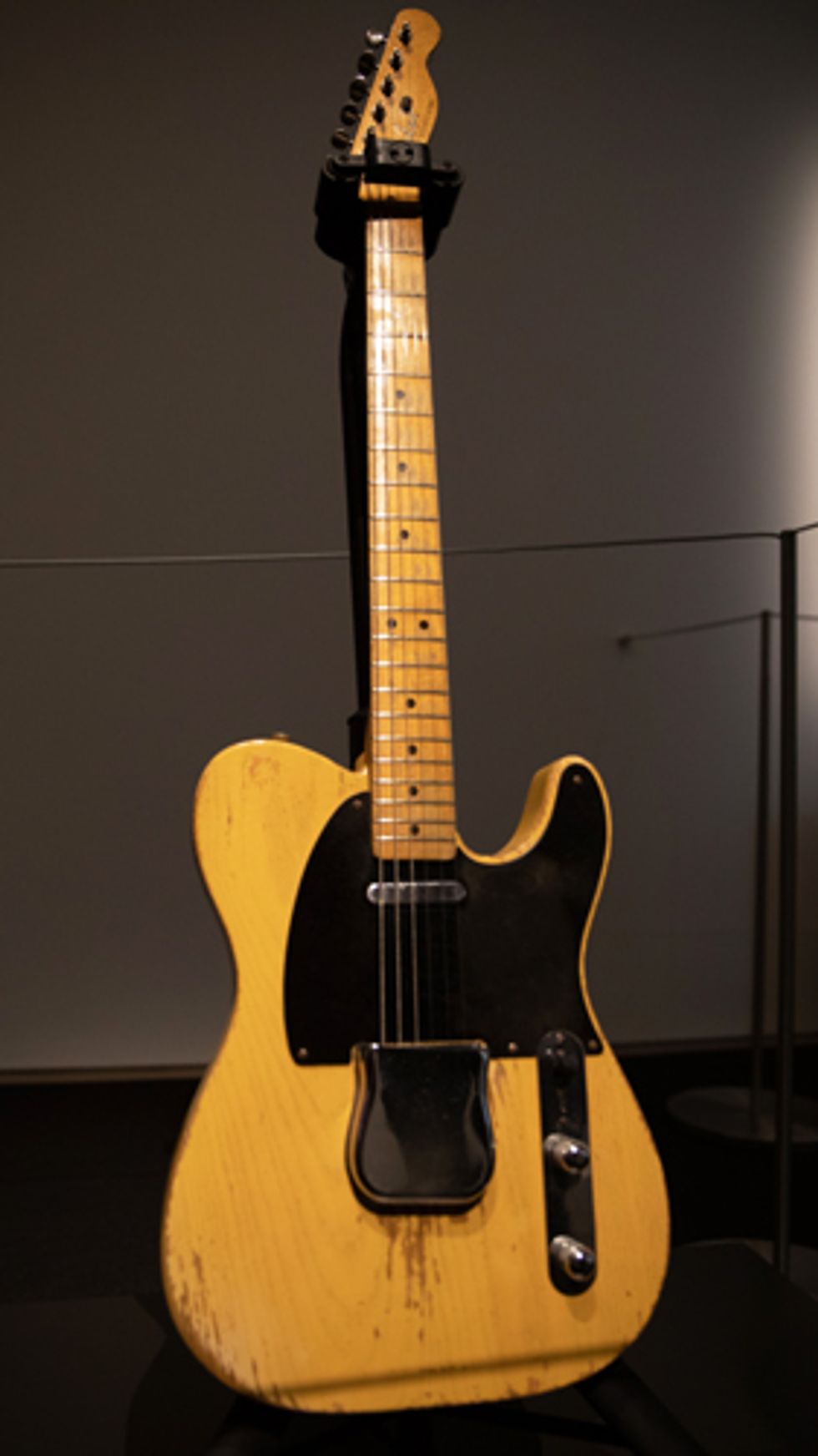
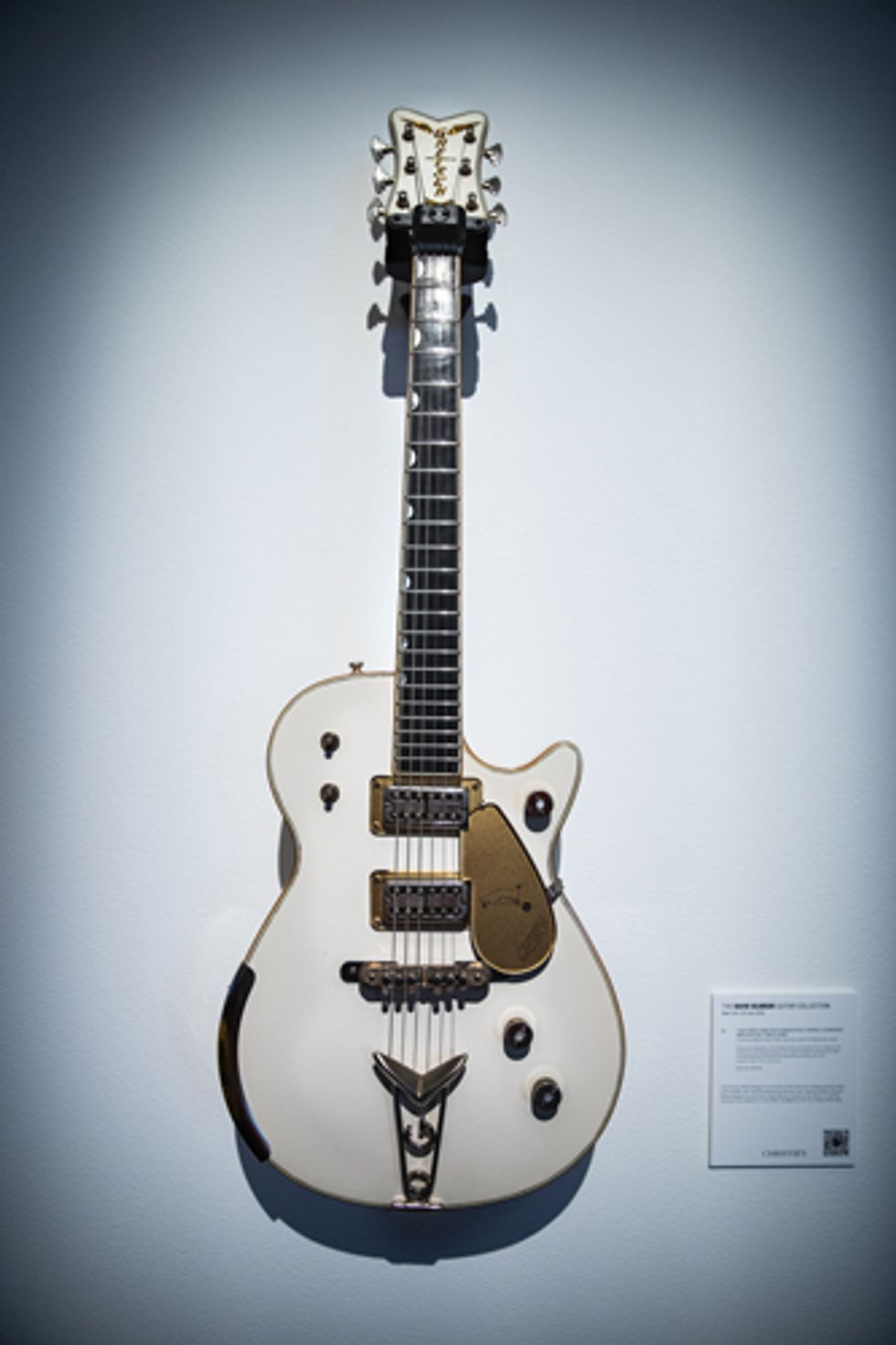
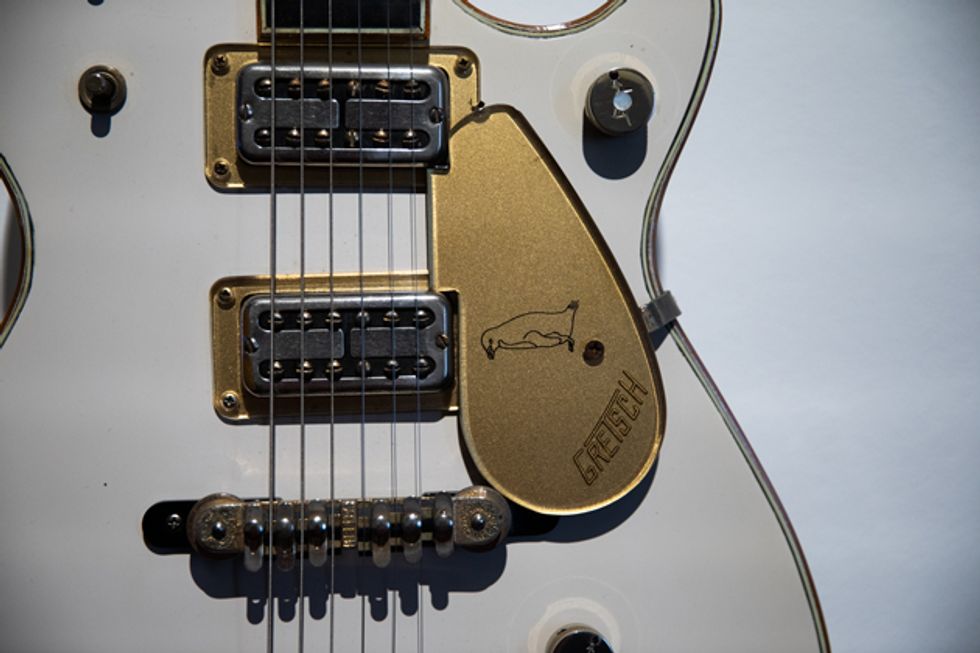
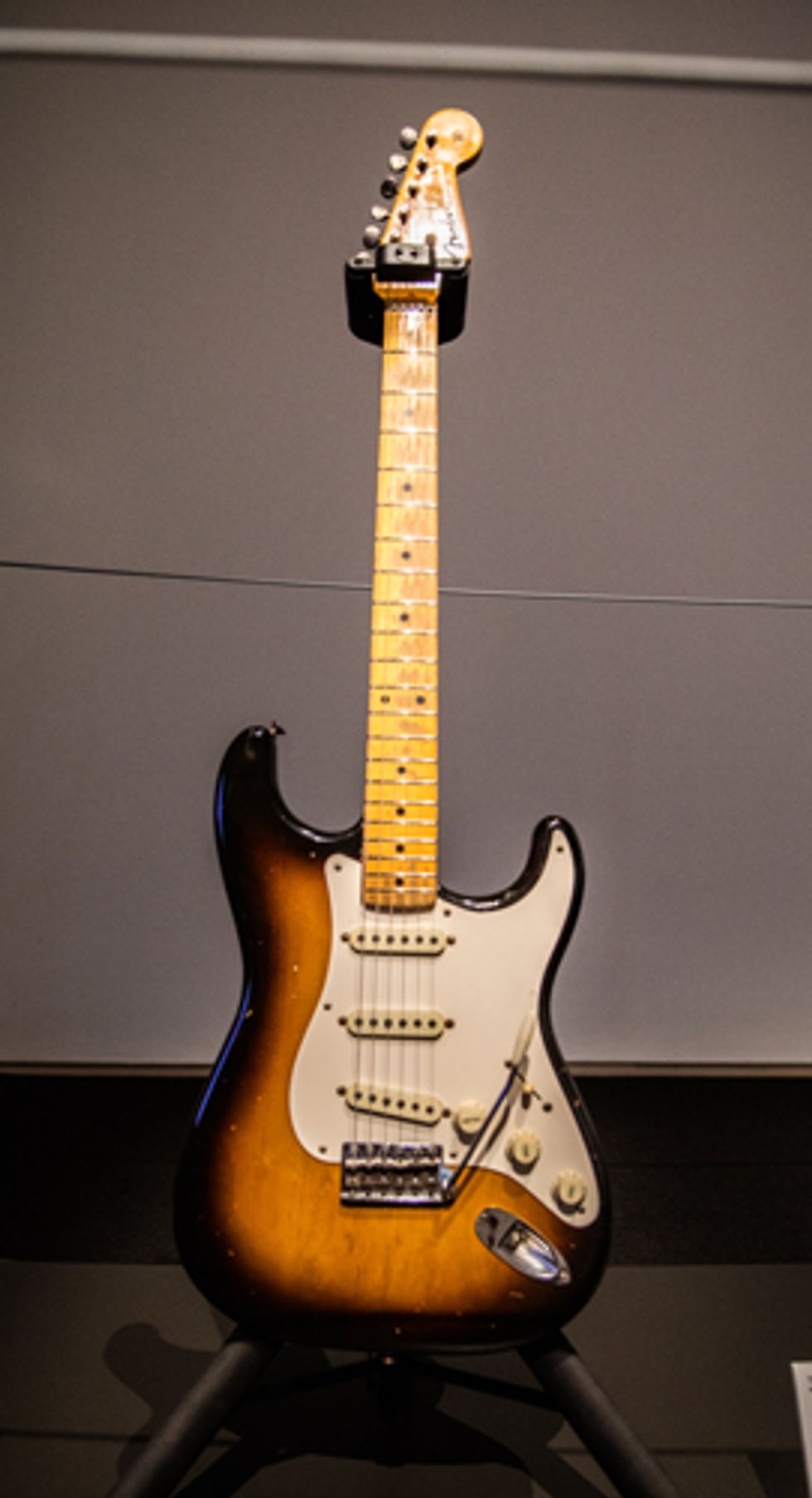
For more than 50 years, David Gilmour has been a master artist, using the guitar as his main vehicle to create some of the most recognizable songs in the canon of rock music history. This month, he’s selling 120 of these tools in what is being hailed as the largest and most comprehensive guitar collection ever to be auctioned, according to Christie’s, the British auction house coordinating the event.
Value estimates range from $300 to $150,000 per guitar. Gilmour says he’s not retiring any time soon: Selling these instruments is his way of giving back. All proceeds from the sale will go to Gilmour’s longtime charitable foundation. (Here is a list of organizations Gilmour has supported in the past.)
“These guitars have been very good to me and many of them have gifted me pieces of music over the years,” Gilmour says. “They have paid for themselves many times over, but it’s now time that they moved on. Guitars were made to be played and it is my wish that wherever they end up, they continue to give their owners the gift of music. By auctioning these guitars, I hope that I can give some help where it is really needed and through my charitable foundation do some good in this world. It will be a wrench to see them go and perhaps one day I’ll have to track one or two of them down and buy them back!”
The David Gilmour Guitar Collection exhibit, a selection of his 10 most significant instruments, was on display in London in late March of this year, and then made a stop in Los Angeles in early May before its final viewing in New York, which will take place June 14-19. During the L.A. showcase, Premier Guitar had a chance to view these 10 selected guitars privately and up close, including the Holy Grail: Gilmour’s Black Strat. With details provided by Christie’s instrument specialist Kerry Keane and Gilmour himself, here’s a look at some of the most famous guitars in the world.





![Rig Rundown: AFI [2025]](https://www.premierguitar.com/media-library/youtube.jpg?id=62064741&width=1245&height=700&quality=70&coordinates=0%2C0%2C0%2C0)

![Devon Eisenbarger [Katy Perry] Rig Rundown](https://www.premierguitar.com/media-library/youtube.jpg?id=61774583&width=1245&height=700&quality=70&coordinates=0%2C0%2C0%2C0)

